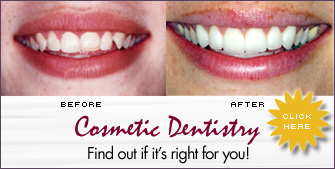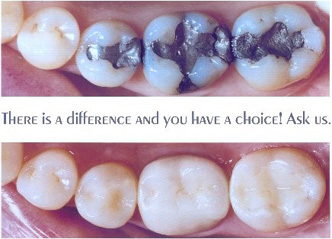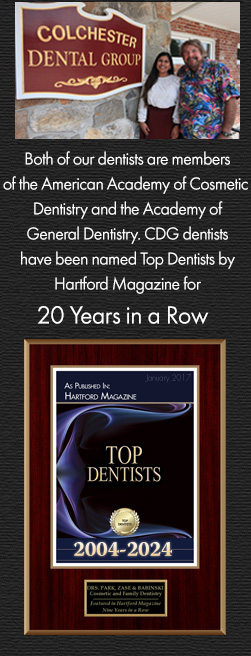Sealants
Dental sealants act as a barrier, protecting the teeth against decay-causing bacteria. The sealants are usually applied to the chewing surfaces of the back teeth (premolars and molars) where decay occurs most often.
Thorough brushing and flossing help remove food particles and plaque from smooth surfaces of teeth. But toothbrush bristles cannot reach all the way into the depressions and grooves to remove food and plaque. Sealants protect these vulnerable areas by “sealing out” plaque and food. Sealants are easy for your dentist to apply, and it takes only a few minutes to seal each tooth. First, the teeth that will be sealed are cleaned. Then the chewing surfaces are roughened with a mild acid solution to help the sealant adhere to the tooth. The sealant is then ‘painted’ onto the tooth enamel, where it bonds directly to the tooth and hardens. A special curing light is used to help the sealant harden.
As long as the sealant remains intact, the tooth surface will be protected from decay. Sealants hold up well under the force of normal chewing and usually last several years before a reapplication is needed. During your regular dental visits, your dentist will check the condition of the sealants and reapply them when necessary.















